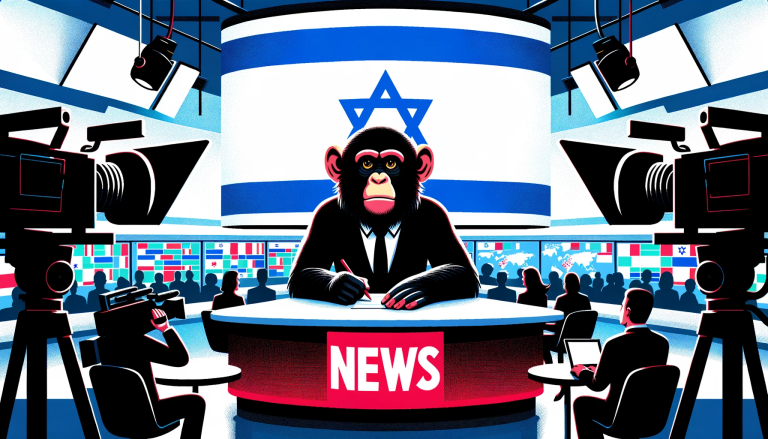After 48 harrowing days, 13 Israeli women and children have been liberated from Hamas captivity in Gaza. This significant release marks a crucial step towards reuniting them with their families and brings a glimmer of hope amidst ongoing conflict.
Quick Facts
- Duration of Captivity: The group, consisting of nine women and four children, endured nearly 50 days of captivity under Hamas before their release.
- Rescue Operation: A coordinated effort led by the Red Cross successfully escorted the hostages from Gaza to the Rafah border, with immediate medical attention provided to eight individuals.
- International Involvement: The release process involved intense negotiations and collaboration between nations, including Qatar, the United States, and Egypt, highlighting the global implications of the conflict.
The ordeal of the 13 hostages, comprising mostly women and children, has drawn international attention to the ongoing Israeli-Hamas conflict. Their capture and subsequent release underscore the complex humanitarian issues at the heart of this prolonged struggle. The hostages, who include individuals like Danielle Aloni and her young daughter Emilia, were subjected to a traumatic experience that is likely to have lasting psychological impacts. Their return not only symbolizes a reunion with loved ones but also the resilience and strength of those affected by such conflicts.
Furthermore, the medical care provided to the released hostages upon their return underscores the severity of their ordeal. The involvement of the Red Cross and other international organizations in facilitating their safe return highlights the critical role of humanitarian aid in conflict zones. The situation sheds light on the broader implications of the Israeli-Hamas conflict, including the impact on civilians and the importance of international humanitarian efforts. This event serves as a poignant reminder of the ongoing need for diplomacy and conflict resolution in the region.
The release of these hostages also raises questions about the fate of those still held captive and the future of the Israeli-Hamas conflict. While their return is a cause for celebration, it also serves as a sobering reminder of the continuing tension and unrest in the region. The international community’s role in mediating and resolving such conflicts remains crucial, as does the need for ongoing support for those affected by the strife. The path to lasting peace and stability in the region remains complex and fraught with challenges.
| For Further Reading | In the broader context of the Israeli-Palestinian conflict, the role of Hamas is critical. Hamas, a Palestinian Islamist political organization and militant group, has been a key player in the ongoing conflict. Established in 1987, it seeks the establishment of a Palestinian state in place of Israel and has been involved in various forms of resistance, including armed attacks and governance. The group’s tactics and ideology have been a subject of international debate and contention. [Hamas on Wikipedia](https://en.wikipedia.org/wiki/Hamas) |
Q&A Section
What is the current state of the Israeli-Hamas conflict?
The Israeli-Hamas conflict continues with intermittent violence and negotiations. Despite various ceasefires, the underlying issues remain unresolved, leading to periodic escalations of violence and humanitarian crises.
How are international organizations involved in conflict resolution?
International organizations like the United Nations and the Red Cross play vital roles in mediating conflicts, providing humanitarian aid, and facilitating dialogue between conflicting parties to achieve peace and stability.
Original Article Source: The Sun


